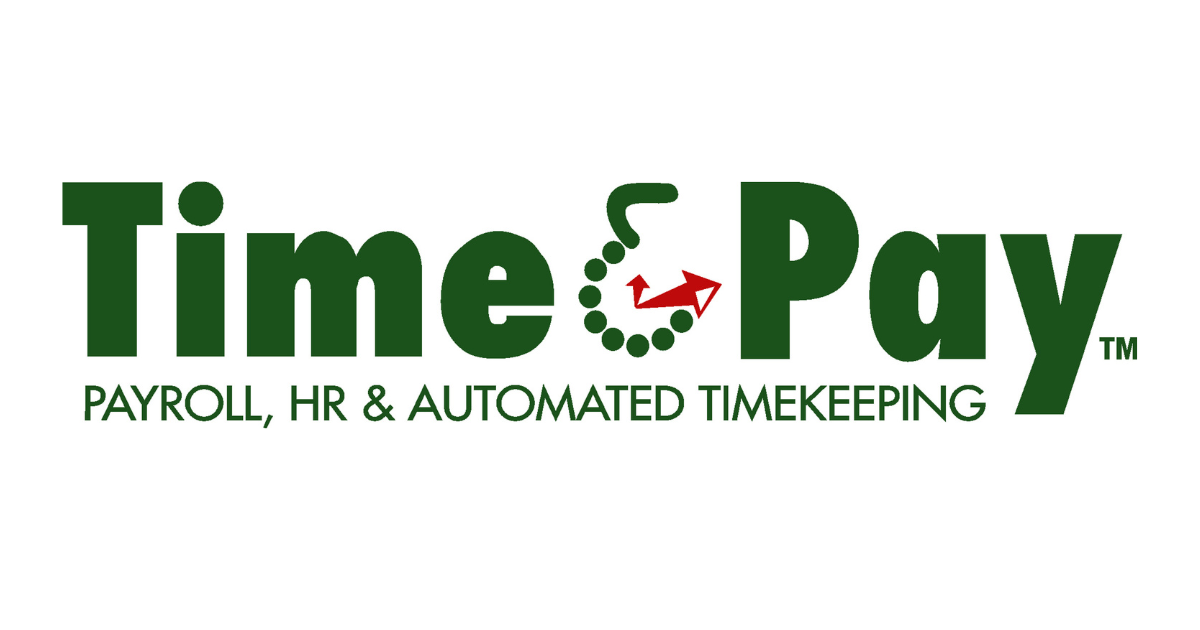What’s New?
The Department of Labor announced a proposal that would extend overtime for lower-paid salaried workers who are currently considered “exempt” from overtime pay. Currently, the minimum salary requirement for an employee to be considered exempt is $35,568 per year (or $684 per week). The overtime proposal would increase that requirement to $55,068 per year (or $1059 per week), which would extend overtime protection for 3.6 million workers.
What Should I Do?
Although the change to the salary threshold is still under review, employers should begin taking steps to make sure they are prepared should the overtime proposal become permanent. Time & Pay’s partner, SESCO Management Consultants, has outlined the following recommendations to help avoid major increases in labor costs:
- Identify salary-exempt employees that currently make less than $55,068 per year.
- Require these individuals to begin keeping an accurate record of time to determine actual hours worked.
- Determine if any employees making less than $1059 per week work in excess of 40 hours per week.
- If overtime is worked, determine if hours can be reduced to less than 40.
- If the position does require that the employee consistently works over 40 hours, determine whether or not you wish to increase their salary to $55,068 per year.
- If the increase in salary to the minimum requirement is not practical, determine if you prefer to pay 1.5x for hours over 40, or if a Fluctuating Workweek Method would be appropriate.
What is a Fluctuating Workweek Method?
The Fluctuating Workweek Method is a mutual agreement between the employer and the employee. It dictates that the employee will earn a guaranteed salary no matter how many hours they work in a week, plus .5x pay for hours worked in excess of 40 hours. This plan helps employers avoid having to pay 1.5x for overtime, while also ensuring that employees earn a minimum salary each week. More information about the fluctuating workweek method can be found in this article, including your requirements, and states that are not eligible.
Time & Pay and SESCO are here to help provide you with answers and tools to help you minimize labor costs while maintaining compliance. If you have questions about the proposed changes, or would like to consider implementing the Fluctuating Workweek Method, please contact us today!
Contact Us
We will get back to you as soon as possible.
Please try again later.




